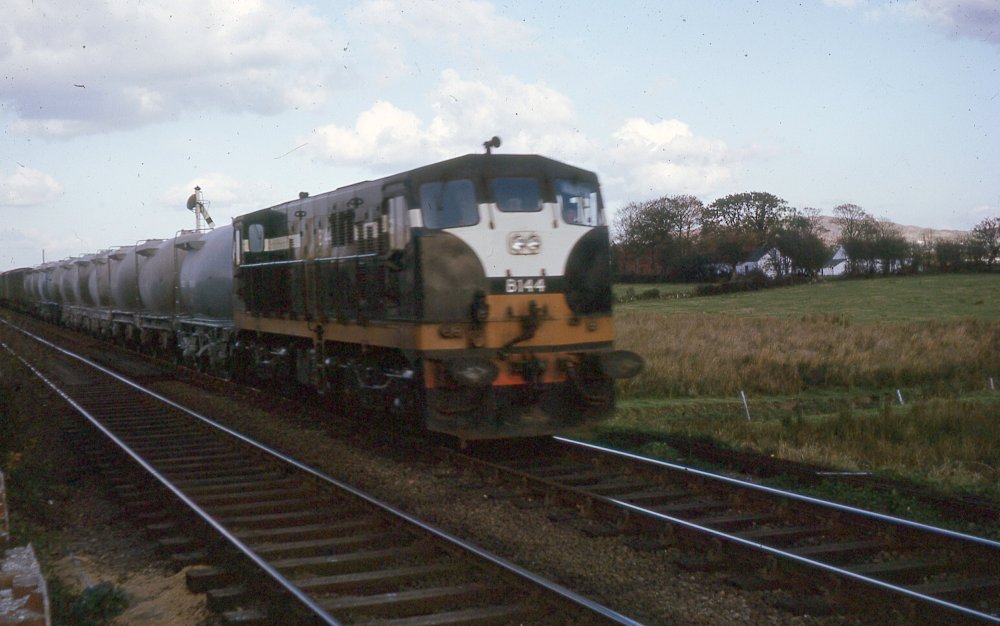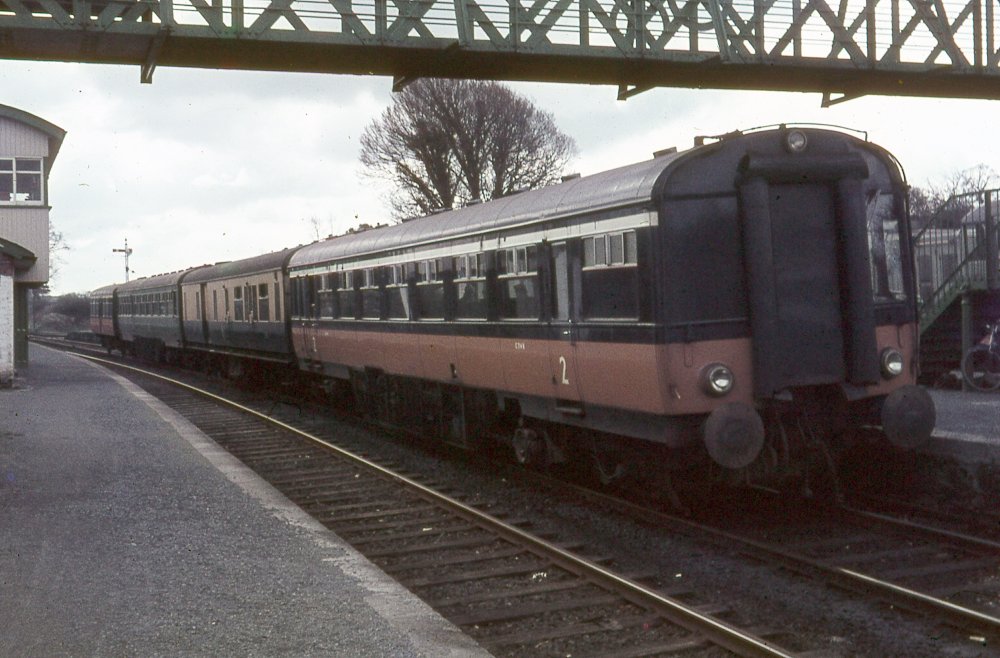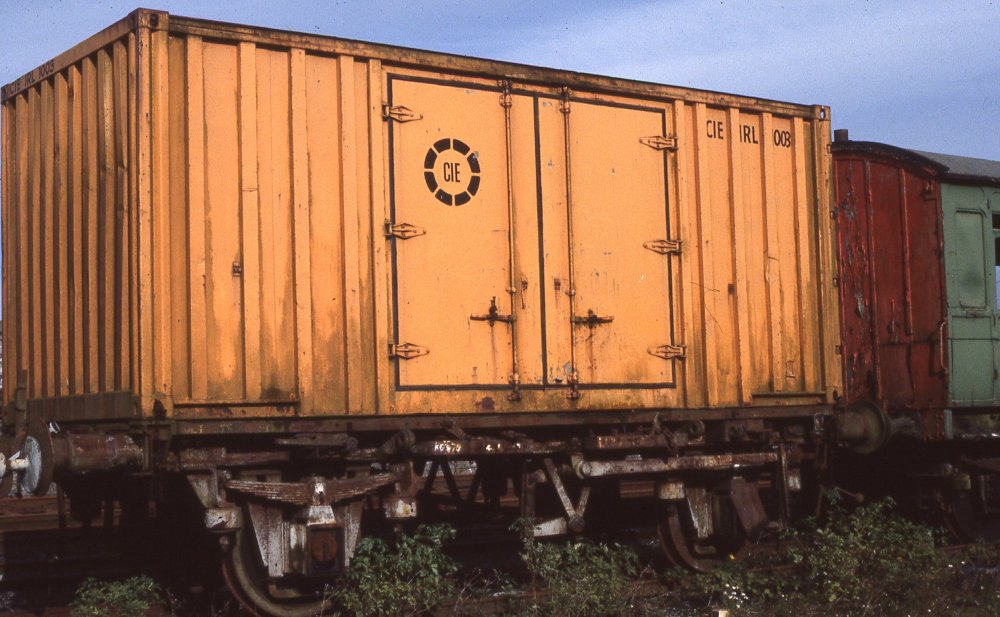-
Posts
15,923 -
Joined
-
Last visited
-
Days Won
394
Content Type
Profiles
Forums
Events
Gallery
Blogs
Community Map
Everything posted by jhb171achill
-
Yes, she’s in the Ulster Folk & Transport museum at Cultra. She was one of a trio; 800 (1939) and 801/2 (1940). The other two were scrapped as steam ended in the very early 60s. They were the biggest, fastest & strongest steam locomotives ever to run in Ireland, but never got much chance to show it, as first there was the fuel crisis 1942-46, then diesel railcars took over most main line passenger services in 1950, and diesel locos in 1955.
-
That would have been interesting - though they already had an alternative in Inny Junction - Clones - Porteedown….
-
Any idea what state it is in now?
-
So it’s not just LIKE 114 at Whitehead - it IS 114 at Whitehead!
-
Wagons were indeed great wanderers. There were common sightings of wagons with “G N” in West Cork and Kerry after CIE ate the remains of the GNR, and in my Achill book there’s a picture of a DSER van at Achill.
-
An 800 in Limerick, 141s and laminates on the Derry Road, MGWR and GNR six-wheel carriages on the BCDR main line, a Mk 4 in Killarney……the mysterious Clogher Valley van on the Glenties branch, a GNR wooden clerestory bogie on the Loughrea branch still in GNR livery, and another the same in West Cork…..”A” class locos in Monaghan, a GSWR 4.4.0 in Achill….. the list of oddball exceptions almost equals a bedroom layout with a Hornby Jinty hauling IRM fertiliser bogies, and a Murphy 141 hauling the Orient Express, with a Union Pacific goods caboose on the end…..
-
Love the prototypical weathering!
-
Indeed! She was under repair there - I’m guessing he took that picture in the mid or late 30s.
-
I love all those GNR carriages, Leslie. Are they SSM?
-
Mid 1930s, DSER-side GSR Dublin suburban traffic with a "Bandon Tank". I may have posted this before - leading coach is DSER third, not sure what the others are. Second one could be GSWR or DSER - can't get a decent look at it. You'll notice another train disappearing into the distance. Second pic is a view of the 1st class section in an AEC railcar on the Harcourt Street line. Third one is an engine in a state of indecency........ (All H C A Beaumont)
-
Nothing more on that line, Ken, and indeed not all that many off the DSER. As he travelled back and forth to school on the Harcourt Street Line, hung about H St. at weekends trainspotting with his friend, and saw things Inchicore-based as more "exotic" - and was not at all a prolific photographer - he saw the DSER as more "routine" and took very few pics anywhere on it! I will have a look now and see what I have, though.
-
Great news - that's a fourth author working away that I'm aware of. Hopefully many more!
-
W O W ! ! ! Amazing work!
-
-
Well, it's Hornby that I blame for the obsession with having wagons of all eras, in all liveries, with a black chassis, or ironwork picked out in black! Sure they also did model steam locos in yellow..........! Not sure - they would swop them about. Not sure - they would swop them about.
-
I'm aware of three authors at least who are actively working right now on Irish railway titles, and another who is considering a particular project!
-
. And for comparison, at Dundalk in the 1970s: What IS it about preserved steam engines on plinths, ALL around the WORLD, that have people running to paint connecting rods WHITE!!!! Yes, and I was there myself, though I generally took print film, not slides. I didn't get one decent shot, though I was also preoccupied trying to supervise Junior who was only about 7............. No sooner would you reach for your camera than the rain came on again. Drove to Adelaide and back with headlights on, it was that dark! Note the catcher on the cabside; NCC land, some time between 1947 and early 50s.
-
The day that all the exhibits from Belfast Transport Museum were moved to Cultra was an exceptionally dark, dull day with frequent rain showers. Photographic conditions were truly awful. Senior managed to get one decent shot of the GNR tank loco - a handsome little beast if ever there was one. It shows the GNR loco livery up perfectly, and far better than is possible now.
-
Ernie - PM sent.
-
Superb info, Ernie - I'll ping you privately about some of his other stuff. There's a lot of Swiss / Austrian in the 1930s too. Now, what does anyone make of this. Also from a different part of the "Catacombs", amongst boxes and boxes of old traffic circulars, this one from 1925 has some interesting annotations - the circular originated in the Inchicore Drawing Office, not any area where timetables would be created or amended! I don't recognise the writing; it is not that of jhbSeniorx2.
-
I might add, he was watching her with his dad - who reckoned she was doing over 80 mph at that spot, which I believe was somewhere near Hazelhatch. 100% rural then.
-
That makes sense. He was in Scotland a couple of times. He went off chasing Black 5s, as he remembered them being built when he worked 2 years in England. Among names I recall him mentioning as having been to, were Alloa, Brechin, Oban, Mallaig & Kyle.
-
Senior captured this in 1940. Not a great photo in all reality, but it has picked up well what the photographer described: "....she was absolutely FLYING along..." One of the four 3rd class Pullmans behind the loco, in GSR brown and cream (as opposed to actual (British) "Pullman" brown and cream livery, in which guise they did not run here).
- 37 replies
-
- 17
-

-
One more for tonight. Grey bubbles and another railcar set with three liveries. The goods train is near Meigh and the railcar set (ex-GNR) is at (I think) Macmine Junction. Tin van in tow for parcel traffic, as was often the case then. Dates, again, are not precise; I think the goods is c.1967 and the railcar is c.1962. (Both H C A Beaumont)
-
.png.c363cdf5c3fb7955cd92a55eb6dbbae0.png)


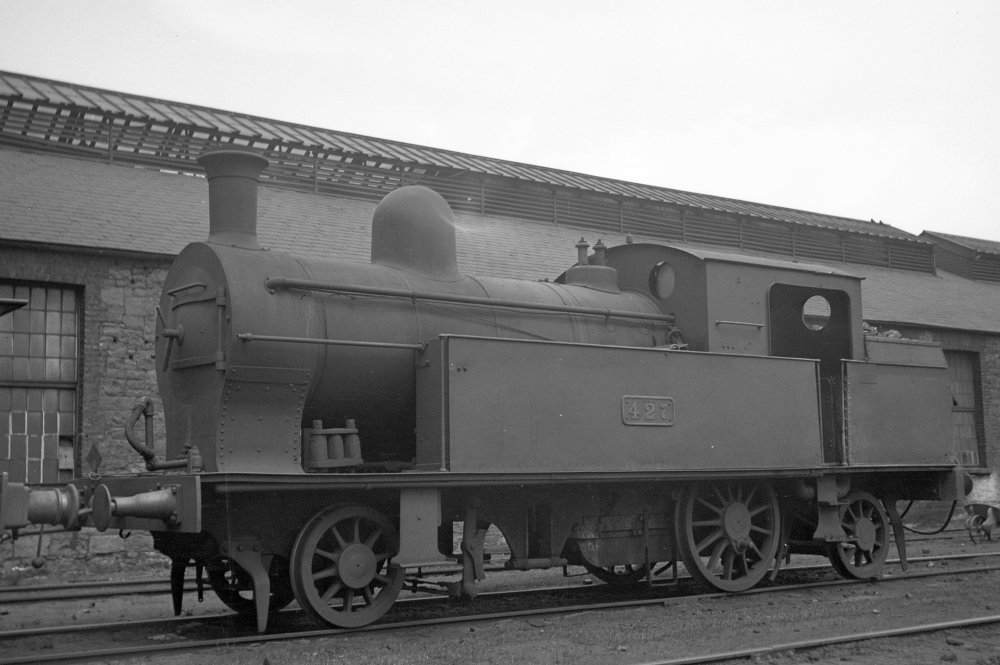
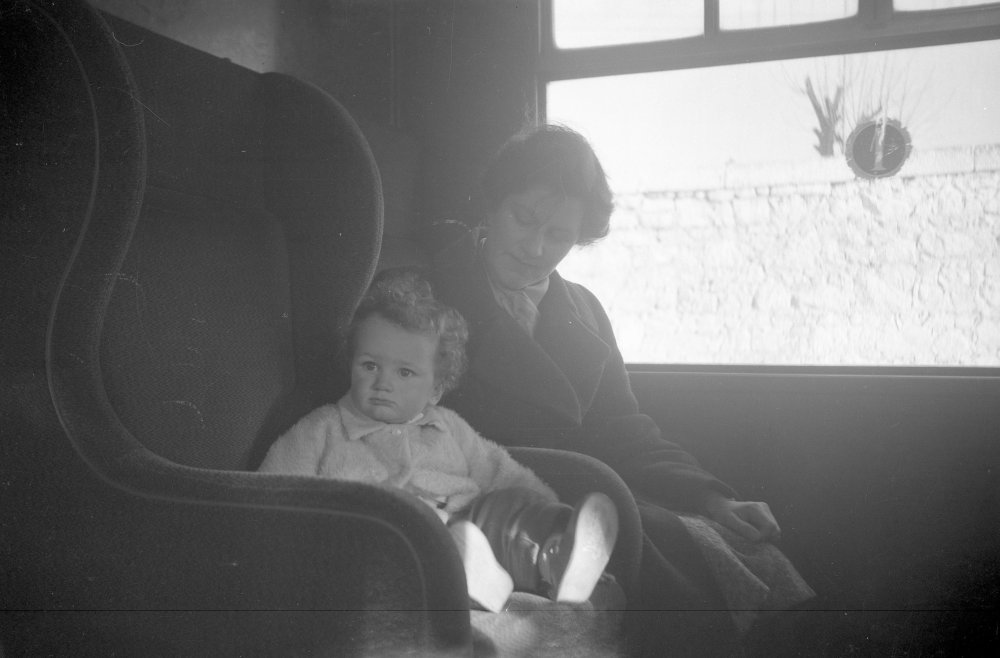
.thumb.jpg.82753d58e039d3742eff146cc075ce67.jpg)

.thumb.jpg.e6e5cc552993b00a3eccb6b144904883.jpg)

.thumb.jpg.a0ad649eb0e327be18fb25541259a710.jpg)
.thumb.jpg.67c582688b53ee47d32c3a8f7a8d6051.jpg)
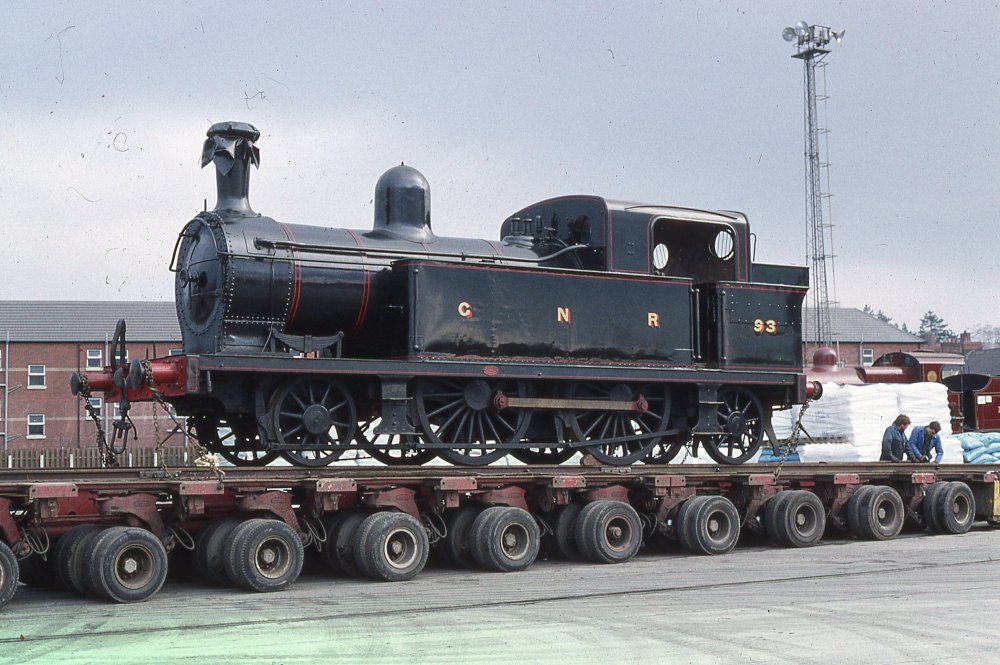

.thumb.jpg.04420111f6c4c7222cfa282e4ba5c9b1.jpg)
